
Since 1957, Aviation Week has annually bestowed its Laureate Awards upon people, programs and products that have had an outsize impact on the aviation, aerospace and defense industries. This year’s winners, showcased here, will be recognized March 12 at a black-tie gala at the National Building Museum in Washington. That evening, our editors will also announce which of these winners will receive a “Grand Laureate” for particular achievement in 2019—one each in defense, space, commercial aviation and business aviation. They will also present Aviation Week’s Lifetime Achievement awards.
Commercial Aviation
Platforms Airbus A321LR
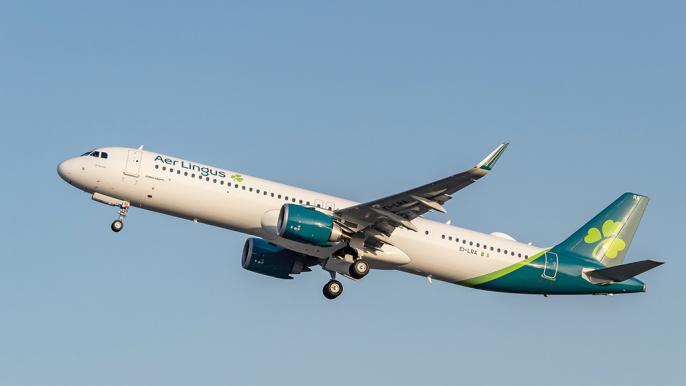
The first long-range version of the A321neo, Airbus’ A321LR, is developing a new market niche—narrowbodies flying in secondary long-haul markets. Building on the LR, the upcoming A321XLR variant has the potential to open even more destinations for long-haul travel.
Leadership David Neeleman
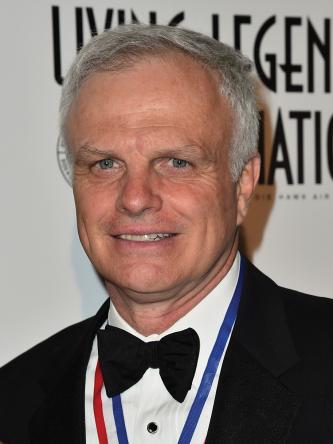
Entrepreneur David Neeleman has set up multiple airlines including Morris Air, JetBlue Airways and Azul Linhas Aereas. Now he is preparing to get Moxy, his latest venture, off the ground with a new business model built around the Airbus A220.
Airline Strategy Adel Ali, CEO, Air Arabia

In Air Arabia, CEO Adel Ali has built a sustainably profitable low-cost carrier pioneering the business model in the Middle East. The carrier continues to add bases, grow its fleet and has entered long-haul narrowbody flying.
Air Traffic Management Aireon

Aireon is the first satellite-based air traffic surveillance system and provides continuous tracking of aircraft over oceans and remote regions, using automatic dependent surveillance-broadcast receivers on Iridium Next low-Earth-orbit satellites.
Propulsion Rolls-Royce

Rolls-Royce’s surprise acquisition of Siemens’ eAircraft unit has catapulted the engine manufacturer into a leading position in the electrification of aircraft propulsion. The acquisition cemented Rolls’ key position on Airbus’ E-Fan X hybrid-electric regional aircraft demonstrator.
Sustainability Boeing ecoDemonstrator

Over six test campaigns beginning in 2012, Boeing’s ecoDemonstrator flight research program has served as a tool to accelerate the development and testing of multiple new technologies that could improve the efficiency and environmental performance of its airliners.
MRO Donecle
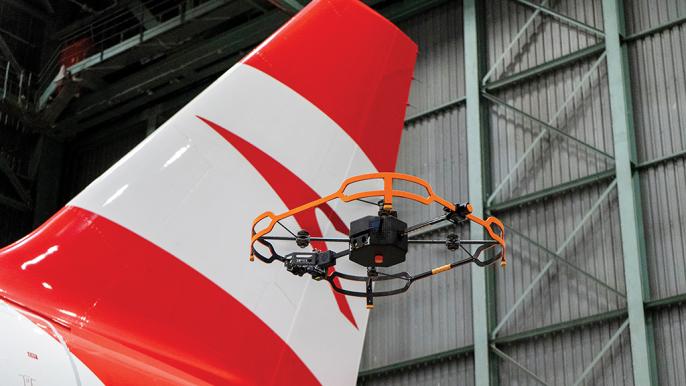
French company Donecle has become a leader in offering aircraft visual inspections by automated drone. Inspection times are reduced by 90%. The drone can inspect a narrowbody within 1 hr. while Donecle’s software assists technicians in detecting defects.
Defense
Platforms Bell V-280 Valor
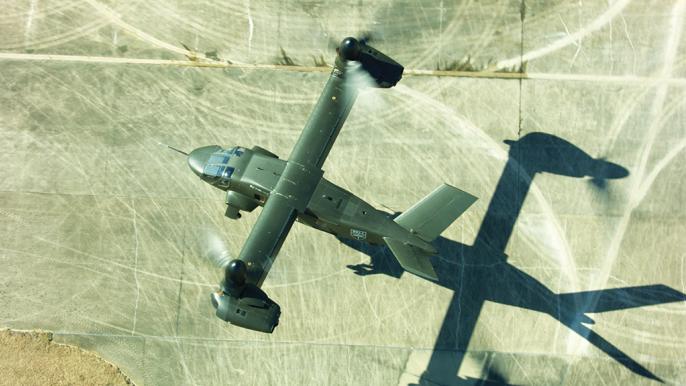
From its low-speed agility to its maximum speed of more than 280 kt., Bell’s V-280 Valor advanced tiltrotor has met or exceeded its ambitious objectives in flight-testing since December 2017 under the U.S. Army’s Joint Multi-Role technology demonstration.
Best New Product Embraer C-390
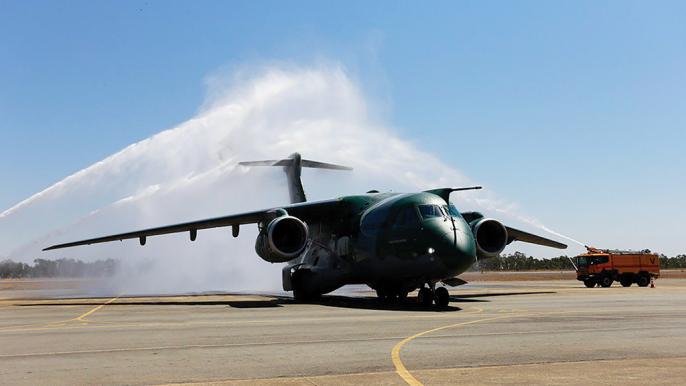
Embraer delivered the first C-390 to the Brazilian Air Force in 2019. The tanker/transport is the largest and most sophisticated aircraft yet developed by Embraer and the most ambitious defense development program in South American history.
Manufacturing Northrop Grumman F-35 Center Fuselage Production
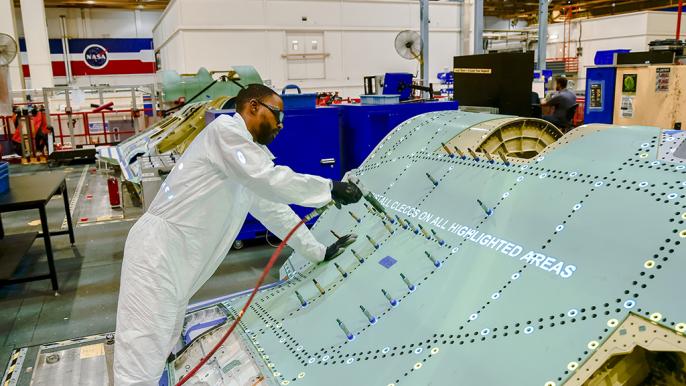
In 10 months, Northrop Grumman increased production of F-35 center fuselages from six a month to 15—parts deliveries increasing from 81,000 a year to 274,000—using a disciplined structure of program reviews and metrics that were regularly updated to keep pace with the schedule.
MRO BAE Systems Typhoon Total Availability Enterprise

Combining Eurofighter support packages into one program focused on management of the Royal Air Force fleet, rather than individual aircraft, has lowered support costs for the Typhoon fighter by around 38%, allowing savings to be applied to fleet modernization.
Propulsion AFRL Medium-Scale Critical Components Scramjet Program

Ground tests by the U.S. Air Force Research Laboratory and Air Force Test Center in 2019 set a record for the highest thrust produced by a U.S. air-breathing hypersonic engine when a Northrop Grumman supersonic-combustion ramjet engine produced more than 13,000 lb. of thrust.
Technology & Innovation Kratos XQ-58 Valkyrie
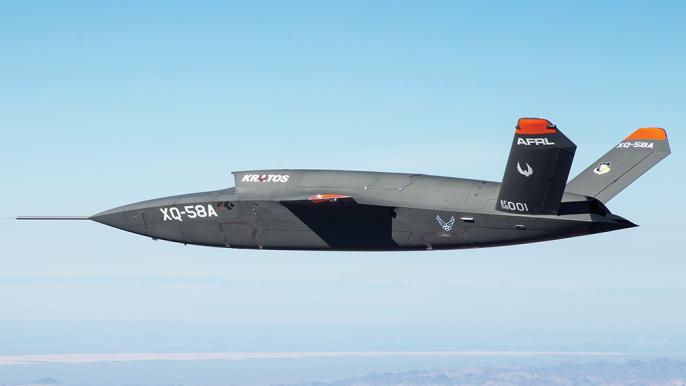
Developed by Kratos for the U.S. Air Force Research Laboratory, the XQ-58 Valkyrie blurs the traditional boundaries between a disposable cruise missile and a reusable unmanned aircraft and could usher in a new approach to air warfare that relies heavily on manned-unmanned collaboration.
Weapons Missile Defense Agency/Boeing Ground-based Midcourse Defense FTG-11

On March 25, 2019, the U.S. Missile Defense Agency led a government/industry, multi-contractor team in launching two ground-based interceptors from Vandenberg AFB, California, to shoot down not one but two threat-representative ICBM targets launched from Kwajalein in the Pacific in the most challenging test yet of the Ground-based Midcourse Defense system.
Space
Launch Services Spaceflight Industries
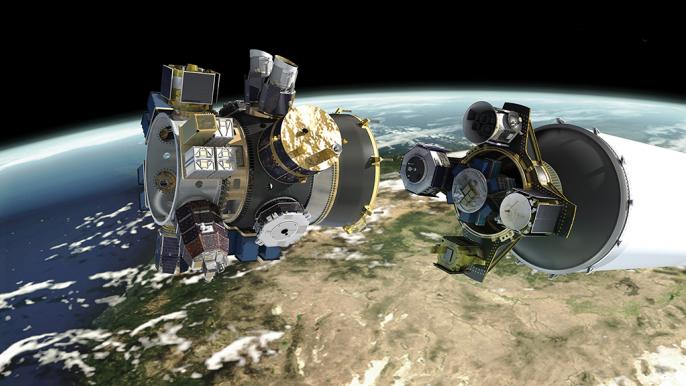
Originally a satellite operator itself, Spaceflight Industries has blossomed by creating a new way to deliver small satellites to space—by allowing government and commercial customers to share the ride. Following the launch of 64 satellites on a Falcon 9 in late 2018, Spaceflight expects to close out 2019 having launched spacecraft on 10 rockets.
Space Science Chang’e 4 Moon Landing
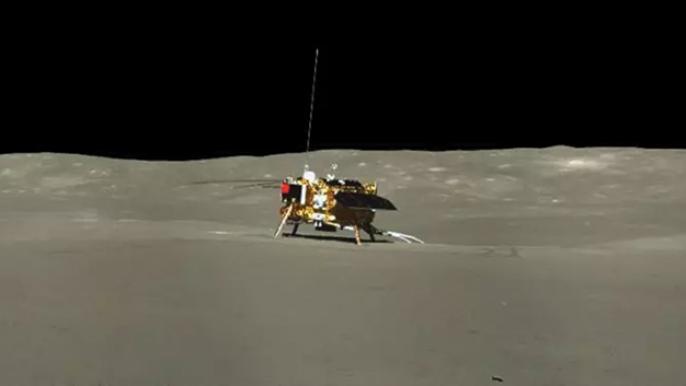
With the Jan. 3, 2019, touchdown of the Chang’e 4 robotic lunar lander on the floor of the 115-mi.-wide Von Karman Crater, China became the first country to soft-land on the Moon’s far side. Since deploying from the lander, its Yutu-2 rover has driven more than 300 m (980 ft.) across the South Pole-Aitken Basin.
Platforms Mars Cube One Mission

In the first demonstration of cubesats in deep space, the two-spacecraft Mars Cube One mission relayed near-real-time telemetry of the entry, descent and landing of NASA’s Insight spacecraft, providing a backup communications link to Earth and demonstrating a new architecture to enhance space exploration.
Operations Hawkeye 360
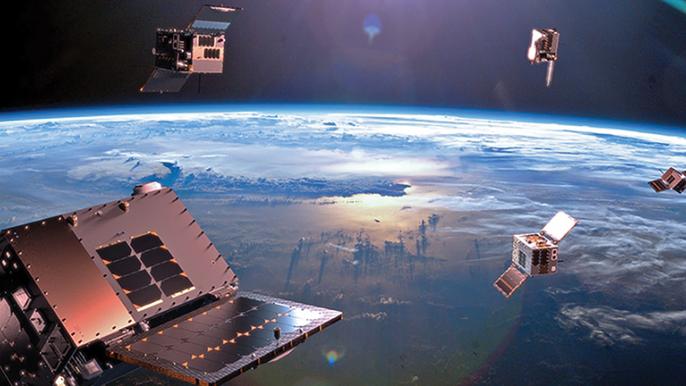
U.S. startup Hawkeye 360 in February 2019 launched the first commercial service for geolocating radio--frequency signals from space when it commissioned its first three Pathfinder satellites. The satellites fly in a unique formation that can pinpoint a wide range of radio-frequency signals.
Propulsion Reaction Engines

Reaction Engines has demonstrated the technical viability of its pre-cooler concept at temperatures representative of hypersonic speeds. The test marks a critical milestone toward development of its Sabre air-breathing rocket engine, which could power space-access and atmospheric vehicles and transform the performance of high-speed turbojets.
Supplier Innovation OneWeb Satellites
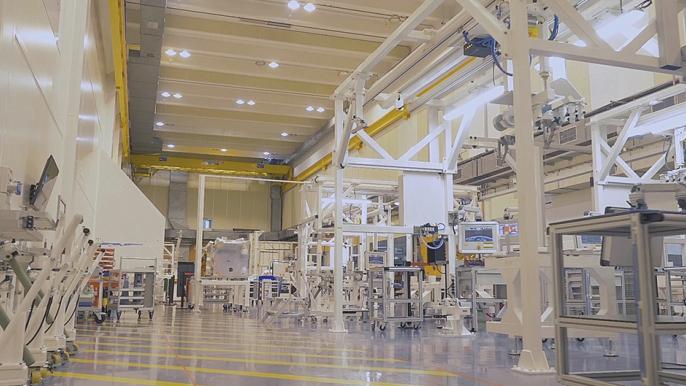
In a unique transatlantic joint venture between aerospace giant Airbus and mega-constellation operator OneWeb, Florida-based OneWeb Satellites is bringing aircraft mass production to satellite manufacturing. The factory will produce more than 640 satellites at a rate of two a day—an unheard-of output for the space industry.
Technology & Innovation RemoveDEBRIS Mission

In a groundbreaking series of on-orbit tests, the European Commission-funded RemoveDEBRIS mission demonstrated a series of active debris-removal technologies designed to clean up low Earth orbit. Deployed from the International Space Station, the RemoveDEBRIS satellite tested vision-based navigation, net capture, harpoon capture and drag-sail deorbiting.
Business Aviation
Platforms Gulfstream G500/G600
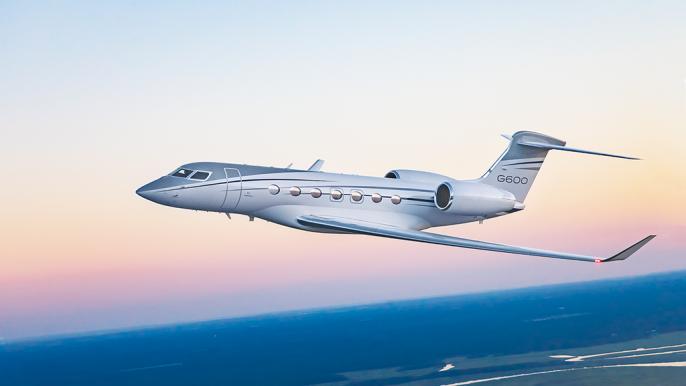
The first of a new generation of large-cabin,long-range Gulfstreams, the G500 and G600 feature the Symmetry flight deck including fly-by-wire controls, active sidesticks, 10 touchscreen controllers and links to most aircraft systems through GE Aviation’s Data Concentration Network. Their ultra-quiet three--section cabins maintain a 4,850-ft. altitude at 51,000 ft.
Safety Garmin Autoland

The push of a red button by a pilot or untrained passenger activates Garmin’s Autoland, a virtual co-pilot that takes control of the aircraft. The system automatically evaluates winds, weather and fuel reserves, then selects a suitable divert airport, alerts air traffic controllers of its intent, flies to the field, descends, extends landing gear and flaps, then lands and stops.
Propulsion Pratt & Whitney PT6E Series
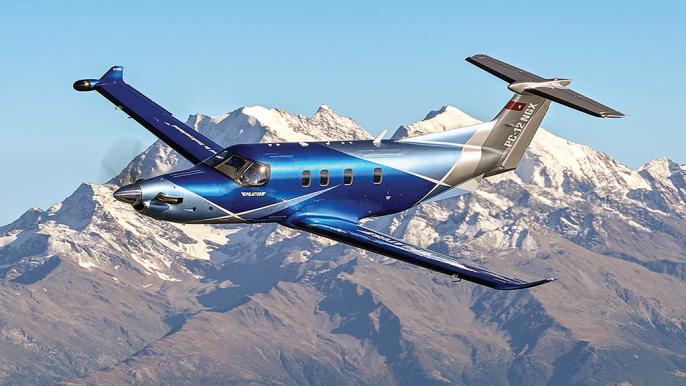
The first general aviation turboprop to feature a dual-channel, integrated electronic propeller and engine control system, Pratt & Whitney’s
next-generation PT6E also delivers 10% more power than its predecessor and features an unprecedented time between overhauls of 5,000 hr.
Operations Rega Swiss Air-Rescue
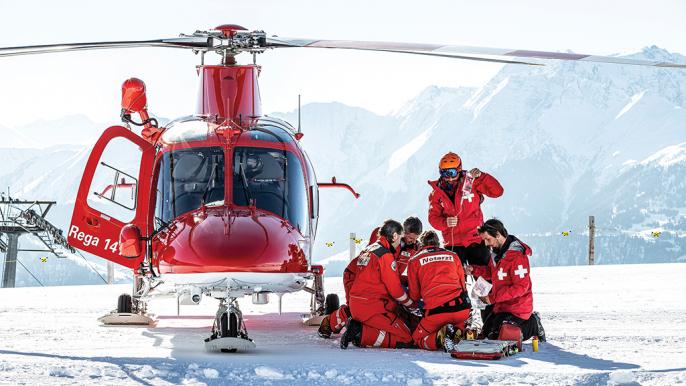
To operate during periods of reduced visibility in mountainous terrain, Rega helped develop a low-altitude, helicopter-specific instrument route and approach system using satellite navigation, along with its own weather station network. Its aircraft are fitted with multiple optical systems to help pilots spot obstacles and conduct searches.
MRO Robotic Skies

In anticipation of the widespread growth of commercial unmanned aircraft, Robotic Skies has created an expanding global network of repair stations to maintain and service the burgeoning fleet. The company develops maintenance programs for operators, trains technicians and has teamed with Boeing to manage the supply chain.
Technology & Innovation Wing Aviation
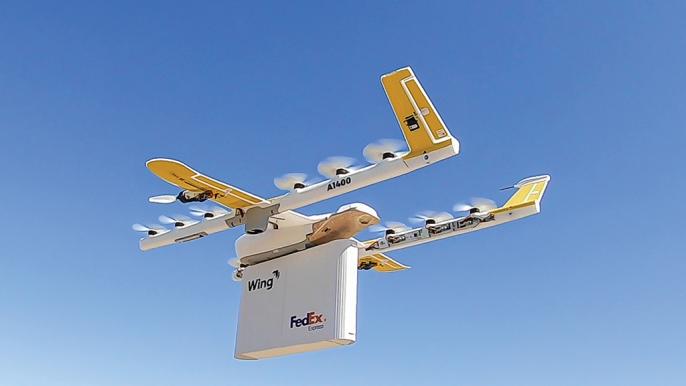
A subsidiary of Google parent company Alphabet, Wing in April 2019 became the first commercial drone delivery service to be awarded a Part 135 air carrier certificate by the FAA. Its Hummingbird drone, capable of vertical takeoff and landing as well as wingborne flight, conducted the first scheduled delivery by drone to a U.S. home in October.
Lifetime Achievement Robert Leduc

Bob Leduc came out of retirement to return to Pratt & Whitney as president and used his leadership skills to shake up the corporate team and guide the PW1000G geared turbofan engine program through a challenging service introduction and production ramp-up, setting it on a path to success.






